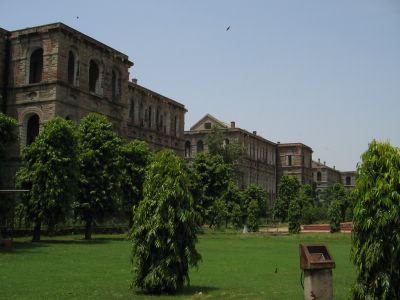"What? Shah Jahan? But didn't he also build the Taj Mahal?"
Well, I'm glad you asked that question. Yes, he also built the Taj Mahal from 1631 to 1653. This was his final architectural extravagance, as he was placed under house arrest in Agra Fort by his son the same year, and died there seven years later.


















